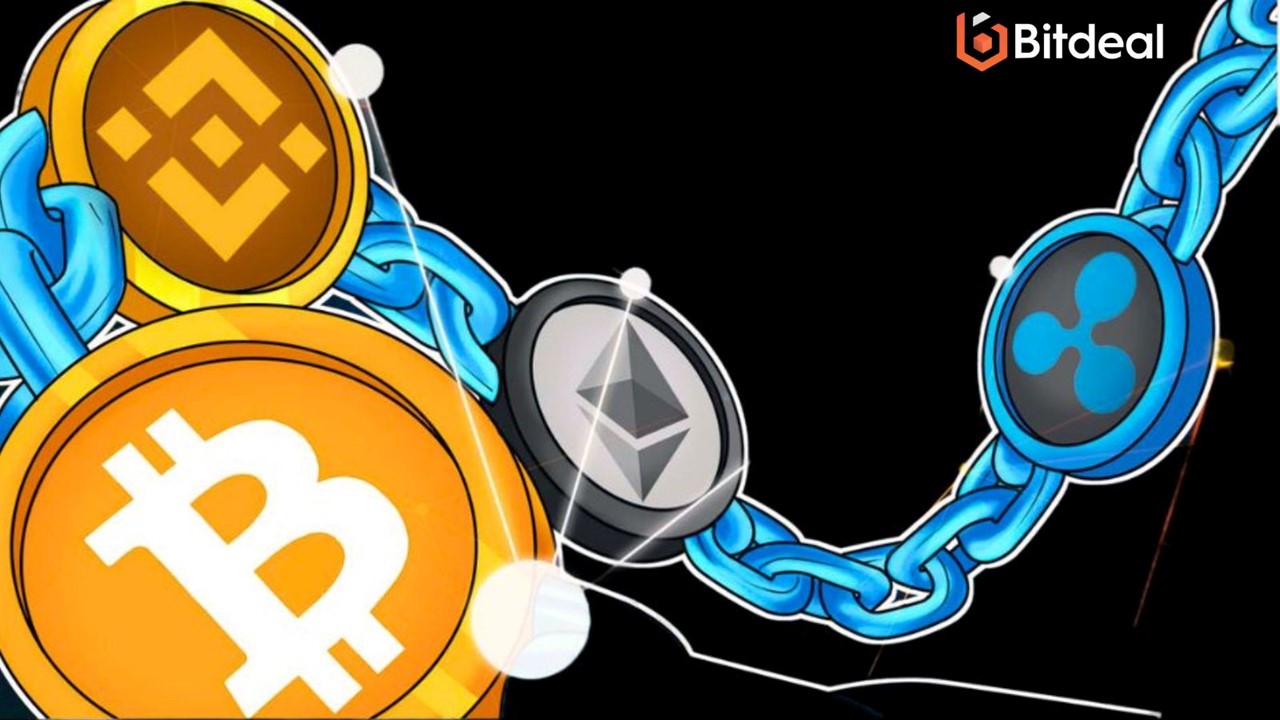How Multi-Chain Defi Development is Revolutionizing the Crypto Industry PowerPoint PPT Presentation
Title: How Multi-Chain Defi Development is Revolutionizing the Crypto Industry
1
(No Transcript)
2
How Multi-Chain Defi Development is
Revolutionizing the Crypto Industry
3
- Introduction
- Decentralized Finance (DeFi) is one of the
fastest-growing sectors in the cryptocurrency
industry. It is disrupting traditional financial
systems by providing users with access to
financial services that are more secure,
transparent, and inclusive. One of the most
recent developments in the DeFi space is the
emergence of Multi-Chain DeFi, which has the
potential to revolutionize the industry. - What is Multi-Chain Defi?
- Multi-Chain DeFi refers to the deployment of DeFi
applications and protocols across multiple
blockchain networks. This means that DeFi
services can be offered on multiple blockchains,
rather than being restricted to a single
blockchain. The ability to operate on multiple
blockchains provides several advantages over
single-chain DeFi, including increased
scalability, interoperability, and
decentralization. - The current state of DeFi is heavily reliant on
the Ethereum blockchain. This has led to issues
such as network congestion, high gas fees, and
limited scalability. Multi-Chain DeFi solves
these issues by allowing developers to deploy
their protocols on multiple blockchains. This
means that users can access DeFi services on the
blockchain network that best suits their needs,
whether it be Ethereum, Binance Smart Chain, or
any other blockchain network that supports DeFi.
4
- How Multi-Chain DeFi is Revolutionizing the
Crypto Industry - One of the key benefits of Multi-Chain DeFi is
increased scalability. By deploying DeFi
protocols on multiple blockchains, the network
can handle a higher volume of transactions
without experiencing congestion or slowdowns.
This is because each blockchain network has its
capacity for processing transactions, and by
leveraging multiple blockchains, the overall
capacity increases. Additionally, Multi-Chain
DeFi allows for better load balancing, as users
can be directed to the blockchain network with
the most available capacity. - Another advantage of Multi-Chain DeFi is
interoperability. By allowing DeFi protocols to
operate on multiple blockchains, users can easily
move assets and data between different blockchain
networks. This creates a more connected DeFi
ecosystem, where users can access a wider range
of services and assets. It also enables
developers to build cross-chain applications that
leverage the strengths of multiple blockchain
networks. - Decentralization is a core principle of the
cryptocurrency industry, and Multi-Chain DeFi
reinforces this principle. Allowing DeFi services
to operate on multiple blockchain networks,
reduces the reliance on a single blockchain
network. This makes the DeFi ecosystem more
resilient to attacks and reduces the risk of
centralization. Additionally, it promotes a more
decentralized distribution of power and control,
as users can choose to access DeFi services on
the blockchain network that aligns with their
values and preferences.
5
- One of the most significant examples of
Multi-Chain DeFi is the emergence of cross-chain
bridges. These are protocols that enable the
movement of assets between different blockchain
networks. Cross-chain bridges have the potential
to greatly expand the DeFi ecosystem by allowing
users to access assets and services on different
blockchain networks. For example, a user can use
a cross-chain bridge to move their Ethereum
assets to the Binance Smart Chain, where they can
access DeFi services with lower gas fees. - Another example of Multi-Chain DeFi is the
development of blockchain-agnostic protocols.
These are protocols that are not tied to a
specific blockchain network and can operate on
multiple blockchains. One example of a
blockchain-agnostic protocol is Uniswap, which is
a decentralized exchange that operates on both
Ethereum and the Polygon blockchain. This allows
users to access Uniswap's services on either
blockchain network, depending on their
preferences. - Multi-Chain DeFi also provides benefits for
developers. By deploying their protocols on
multiple blockchains, developers can reach a
wider audience and increase the adoption of their
protocols. It also reduces the risk of their
protocol becoming obsolete due to changes in the
underlying blockchain network. For example, if
Ethereum were to experience a major technical
issue, a DeFi protocol that is deployed on
multiple blockchain networks would not be
affected as severely
6
- Conclusion
- In conclusion, Multi-Chain DeFi is
revolutionizing the cryptocurrency industry by
providing a more scalable, interoperable, and
decentralized ecosystem. By deploying DeFi
protocols on multiple blockchain networks,
developers can reach a wider audience, leverage
the strengths of multiple blockchain networks,
and reduce the risk of their protocol becoming
obsolete.

